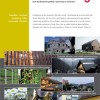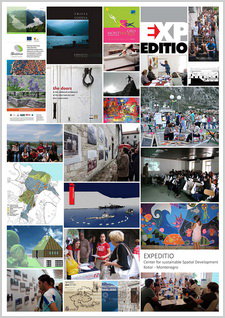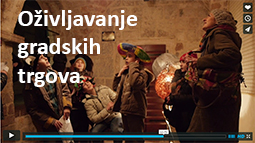
The SEE Heritage is a network of cultural heritage NGOs working in the South-East European region. The SEE Heritage network aims to raise awareness about different issues and problems concerning the cultural heritage in the region. The network members are 13 partner NGOs from Albania, Bosnia and Herzegovina, Kosovo, Macedonia, Montenegro, Serbia and Croatia.
This fifth meeting, a follow-up to the four previous gatherings in Sarajevo, Bosnia Herzegovina (September 2006) and Gjirokastra, Albania (December 2006), Ohrid, Macedonia (July 2007) and Kotor, Montenegro (February 2008) was successfully organized by the Butrint Foundation/Albanian Heritage Centre, financed by the Packard Humanities Institute and locally endorsed by Berat Regional Directorate of National Heritage. The conference theme, “Cultural Heritage Tourism as a Tool for Sustainable Development”, was expounded upon through country presentations of the current situation facing each nation in regards to cultural heritage tourism coupled with two professional lectures delivered by Professor Richard Hodges, the Scientific Director of Butrint Foundation and Professor Frank Matero of the University of Pennsylvania. Significant threats, the most prominent of which is the potential destruction of cultural heritage resources through the irresponsible development of said tourism, emerged through the network’s discussions. The inter-experiential exchange among countries that have enjoyed varying levels of experience with this topic proved to be invaluable for all the participants, particularly those suffering from the most underdeveloped cultural heritage tourism strategies. The inclusion of local communities in the development of cultural heritage tourism was deemed one of the most important preventative measures to be taken to control for this threat. Although an absolute formula for success does not exist, it was concluded that local and central governmental institutions together with civil society and local communities must adapt sustainable cultural tourism strategies tailored to each country and to each site, but simultaneously abiding by a larger, global framework. The motto “think globally, act locally” must be applied to cultural heritage tourism.
According to the outcomes of this network’s meeting, sustainable cultural heritage tourism requires governmental will, the completion of proper site and monument evaluations and the implementation of successful day-to-day management of sites. The misuse of cultural heritage resources will slowly deplete them, which will result in the eventual destruction of the future of our past.
In a response to these threats, the SEE Heritage Network concluded that it must act by monitoring governmental institutions, tourism operators as well as local communities to ensure that the utilization of cultural heritage resources for tourism in South East Europe is carried out parallel to the preservation of these resources. An important step towards ensuring the sustainability of the network itself and thereby enabling it to pursue concrete steps towards the preservation and promotion of the region’s cultural heritage, was taken this weekend. The members agreed to formalize the network through the legal registration of its headquarters in Montenegro to ensure that the network is equipped with the proper tools to carry out its mission to preserve and promote the entire region’s cultural heritage.



 EXPEDITIO is a non-governmental organization whose mission is to encourage sustainable spatial development in Montenegro and SEE region through activity in the fields of sustainable architecture, cultural heritage, urban planning and through projects that encourage overall development of the civil society. Expeditio was established in 1997.
EXPEDITIO is a non-governmental organization whose mission is to encourage sustainable spatial development in Montenegro and SEE region through activity in the fields of sustainable architecture, cultural heritage, urban planning and through projects that encourage overall development of the civil society. Expeditio was established in 1997.






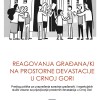














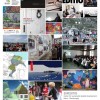







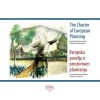






![Guidelines for the Revival of Public Spaces [Good practice selection] Guidelines for the Revival of Public Spaces [Good practice selection]](/images/resized/images/stories/expeditio/publikacije/Publikacija-Javni-prostori-naslovna_100_100.jpg)


![Catalogue of Public Spaces in Boka Kotorska [selected sites] Catalogue of Public Spaces in Boka Kotorska [selected sites]](/images/resized/images/stories/expeditio/novosti_exp/javni-prostori-knjiga_100_100.jpg)





